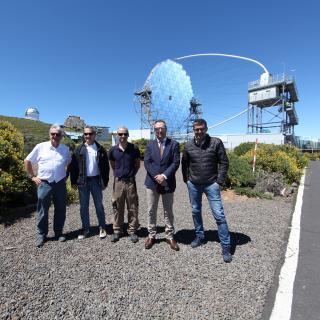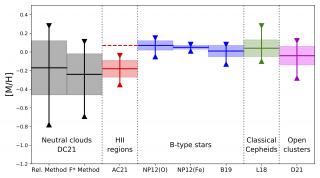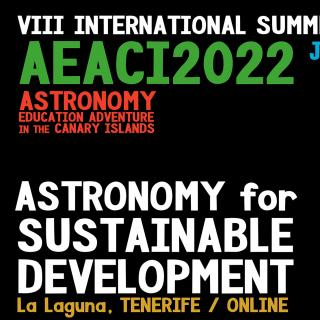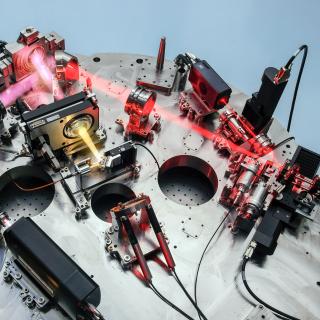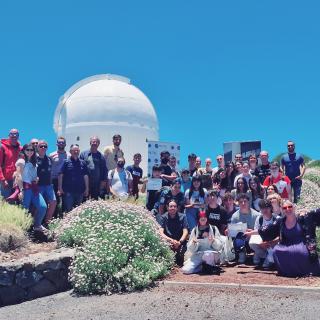
The project "DRAGO: Canary Islands Educational Centres from Space" ended its 1st edition on Monday 27th June with a visit to the Teide Observatory for the winners and finalists, where they were also presented with the corresponding prizes. In this way, students and teachers from 5 schools in the Canary Islands were brought together in this first edition. DRAGO is an innovative educational project created by the space division of IACTEC, of the Instituto de Astrofísica de Canarias, together with the Regional Ministry of Education, Universities, Culture and Sports of the Canary Islands
Advertised on

